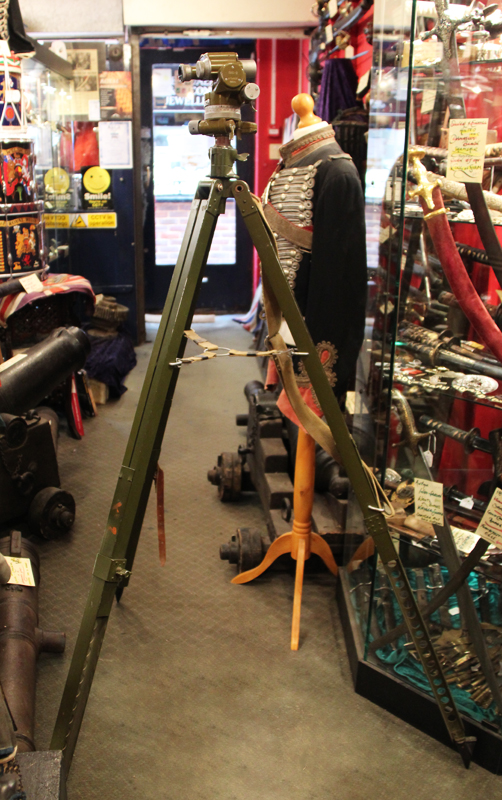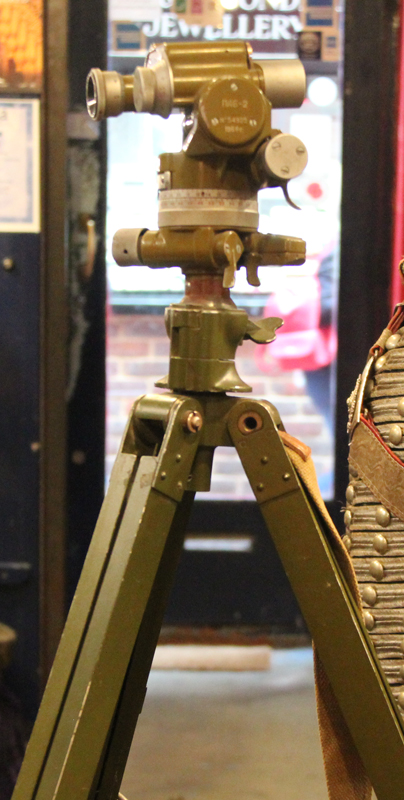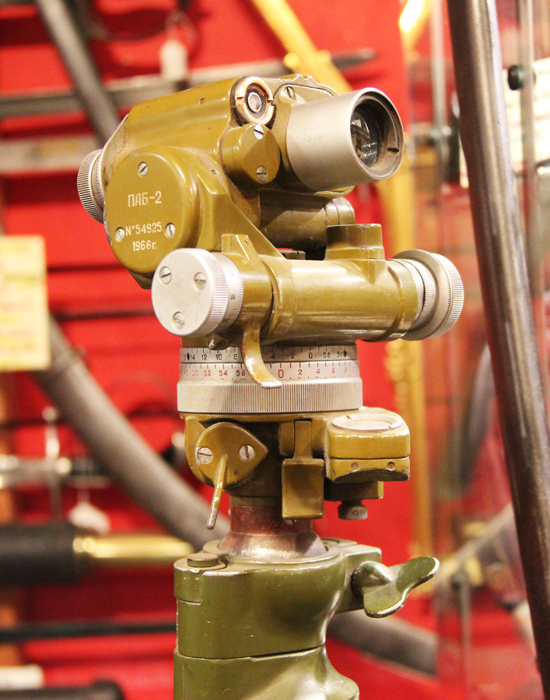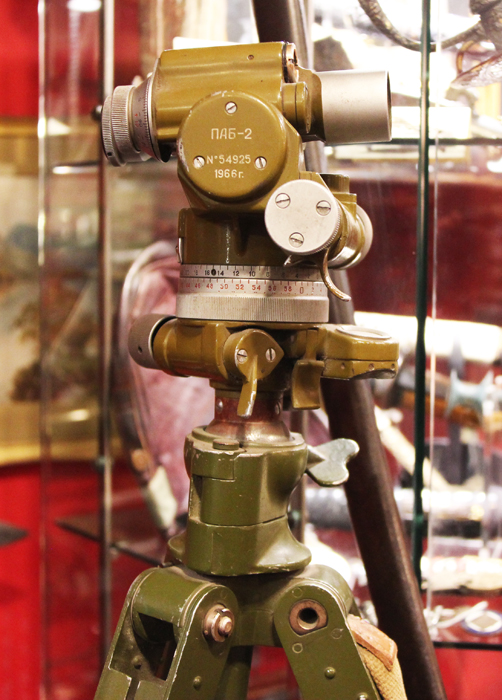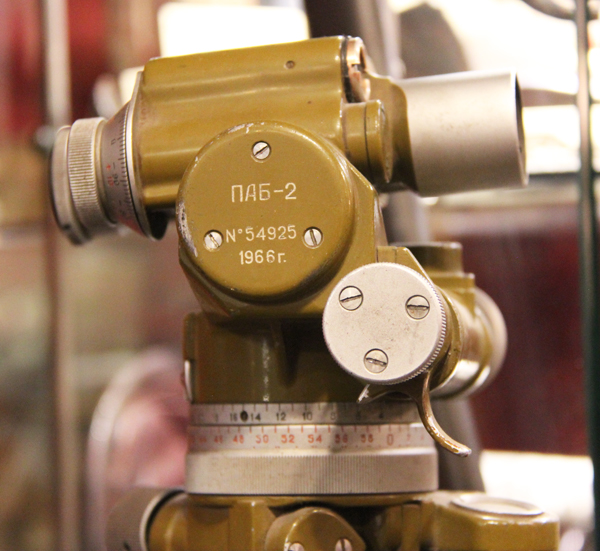A Ist Gulf War Souvenir, A Russian Scud Missile Launcher 'Level' Site. On its Original Tripod And Instrument Transit Case.
In overall excellent condition, and it’s original metal transit case for the instrument. It’s optics are truly incredible, in fact as good as anything that can be made today for the purpose of a ‘level’ instrument {somewhat similar to a theodolite}
A war trophy of the first gulf war, a Russian Scud Missile Rocket Launcher Level Site on adjustable tripod stand. Originaly designed for use with the USSR Red Army 'Frog' nuclear rocket. The Scud missiles targeting Israel were relatively ineffective, as firing at extreme range resulted in a dramatic reduction in accuracy and payload. Extensive property damage was caused, and according to Israel Ministry of Foreign Affairs, "Damage to general property consisted of 1,302 houses, 6,142 apartments, 23 public buildings, 200 shops and 50 cars." It was feared that Iraq would fire missiles filled with nerve agents such as sarin. As a result, Israel's government issued gas masks to its citizens. When the first Iraqi missiles hit Israel, some people injected themselves with an antidote for nerve gas. It has been suggested that the sturdy construction techniques used in Israeli cities, coupled with the fact that Scuds were only launched at night, played an important role in limiting the number of casualties from Scud attacks.
Missiles were a vital part of the old Cold War. Intercontinental ballistic missiles (ICBMs) threatened to hurl nuclear payloads from one side of the globe to the other, obliterating humanity, a real war to end all wars.
Before a Scud level site it was made for the Russian USSR Frog rocket. Further down the scale of destructiveness, tactical missiles were an important part of the Soviet arsenal. Following Joseph Stalin’s death in 1952, Nikita Khrushchev came to power. A great believer in rocketry and nuclear weapons, he cut back on conventional forces while boosting the USSR?s missile systems.
It led to a proliferation of vehicle-mounted ballistic missiles for use in tactical rather than global engagements. The first tactical missiles added to the Soviet arsenal under Krushchev were the Free Rocket Over Ground (FROG) series.
FROG-1 entered service in 1955. An IS-2 tank chassis was modified to become the basis of the launch vehicle. On it was mounted a ten-meter-long rocket powered by a solid fuel engine. It could carry a conventional 1,200-kilogram high explosive fragmentation warhead. In keeping with Khrushchev’s faith in nuclear solutions, it could also carry a tactical nuclear warhead.
The vehicle had a maximum road speed of 41 kilometers per hour, which went down to 30kph while carrying the 3,200-kilogram weight of the rocket.
The rocket had a range of nearly 26 kilometers. Half the rockets fired by FROG-1 landed within 700 meters of their target point.
One replaced bolt on the tripod.
Code: 21696
325.00 GBP

